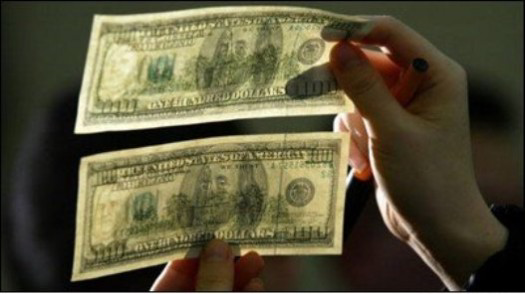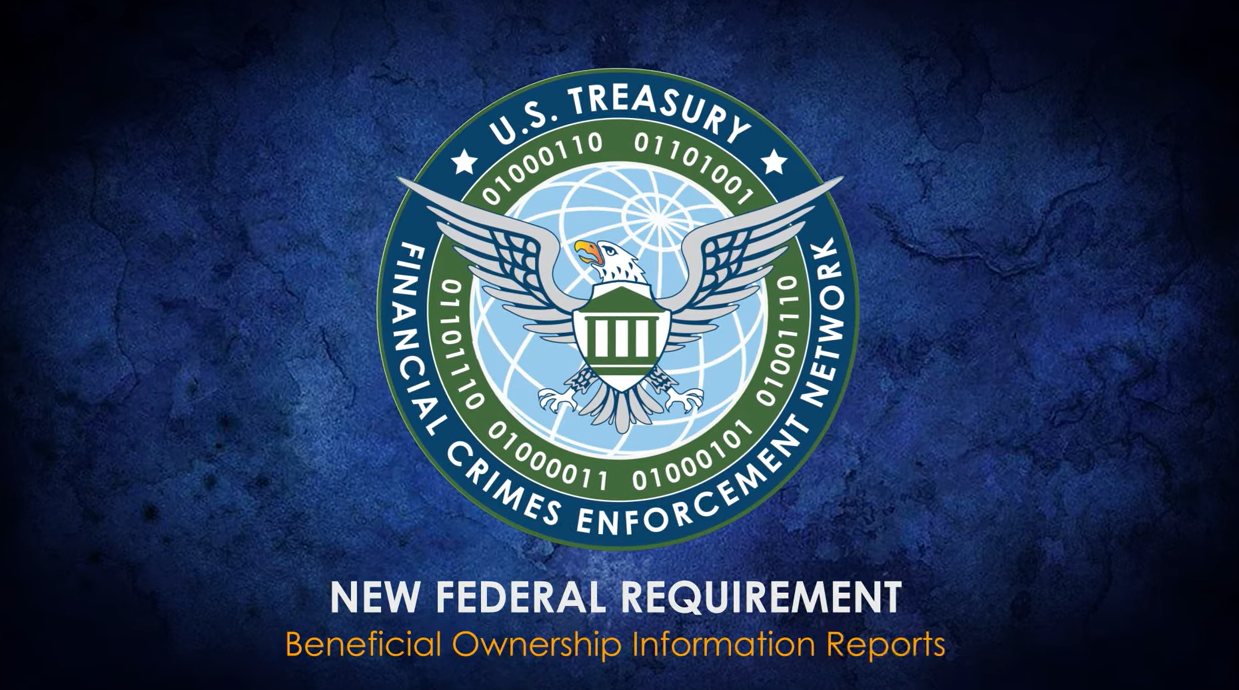Walking into a gas station near in Santa Fe, New Mexico, a young man handed the cashier a $100 bill for a pack of cigarettes.
Store manager Alvin McKenzie told the man that he couldn’t accept it. “That’s a bad bill,” he said.
“No, it’s not,” the man later identified as Tyler Ament, 20, allegedly responded.
“As soon as he took it out of his wallet and flipped it over, I knew it was counterfeit,” McKenzie said recently.”I gave it back to him so he wouldn’t bail and I got his license plate info.”
McKenzie then called police.
Ament, according to his arrest warrant, went across the street to Kohl’s department store and used the fake $100 bill to pay for a pair of jeans worth $33, then came back to the gas station to buy the cigarettes, this time with the real money he received as change.
He was met by police, questioned and arrested on charges of forgery, fraud and conspiracy.
Ament told police that he had two accomplices, retired Santa Fe police officer Anthony Rivera, 44, and his brother Dominic Rivera, 41, who were subsequently arrested and charged with the same crimes.
Ament told police that the three had spent more than $1,200 in counterfeit $100 bills in Santa Fe since January.
According to the U.S. Secret Service, the agency that investigates counterfeit fraud and forgery cases, more than $100,000 in counterfeit money has been seized and removed from the streets of New Mexico so far in 2013.
Secret Service agents say they are seeing an increase in counterfeiting because of easy access to modern printers and desktop publishing techniques.
In fact, several weeks before Ament allegedly tried to pass the fake $100 bill at Murphy USA, McKenzie’s business had accepted another fake $100 bill for a gasoline purchase. When the store’s bank received the bill along with other, legitimate deposits, McKenzie learned that he had been cheated.
Richard Ferretti, the Secret Service agent in charge of the Albuquerque field office, said counterfeiters usually strike fast food restaurants and gas stations with the idea of getting a significant amount of real currency back in change. The most common currency used is the $20 bill.
Ferretti said a New Mexico church recently was investigated after it tried to deposit a fake $5 bill that was found in the collection tray.
Cashiers and business owners need to “know their money,” he said.
McKenzie does, but he urges his employees to be skeptical of any bill they put in the cash register or safe. “The average cashier is not paying attention and it directly affects the bottom line,” he said. “You lose merchandise and you lose profit.”
New age of counterfeit
Since it was formed during the Civil War to combat counterfeiting, the Secret Service has been struggling to keep up with crooks who are using more and more sophisticated methods of printing fake cash, checks and even credit cards.
The agency’s mission, according to agent Ferretti, is to make sure people have faith in their country’s currency. “Counterfeit destabilizes our financial payment system and creates distrust of our own currency,” he said.
Ferretti could not provide statistics from years past, but he said the face value of counterfeit money seized in the state has been increasing. “There may be a year fluctuation occasionally, but the trend is going up over the last decade,” he said.
Most of the counterfeit currency is produced on sophisticated printers in other countries, specifically Mexico, Colombia and other places in South America. They use photographic negatives of genuine currency and reproduce the image on a press, according to Ferretti.
“Due to our proximity to the Mexican border, we often get counterfeit packages that have been smuggled across the border,” Ferretti said. “The counterfeit is passed at businesses in the state, or used in the drug trade.”
Ferretti said the foreign-made U.S. counterfeit is commonly used to buy ingredients for methamphetamine.
Domestically, Ferretti said, counterfeiters have moved away from printing presses and expensive ink because anyone with an inkjet printer can create a bill that can be passed at many businesses.
“In the old days, it was easy to tell who the counterfeiters were because they were always the professional printers,” Ferretti said. “Now, a lot of it is done by individuals with no expertise.”
Ament, who awaits trial on his charges, told police that he and the Riveras would “strip” a real $20 bill of its ink using paint thinner, then scrub the bill with a toothbrush until the paper was blank. Ament told police he learned the method from a video on Youtube.com.
He would then print a picture of a $100 bill that he found on the Internet directly onto the blank bill, according to his warrant.
Santa Fe police described the bills as “very greasy.” They also noticed that the ink was running off the paper and that the watermark on the bill — an image only seen when a light is shown through the back of it — was that of President Andrew Jackson, rather than that of Benjamin Franklin, according to Ament’s arrest warrant.
Ferretti said modern bills have various levels of security that can make it clear to any knowledgeable person which ones are legitimate. In addition to the watermark, each bill from the $1 bill up to the $100 bill has color-shifting ink in the lower-right hand corner that changes color depending on the way a person looks at it.
Ferretti said using a counterfeit-detecting pen with ink that turns from clear to black when drawn on a bill is not a good method to detect a fake because of methods like Ament’s. The pen, which contains a solution that reacts with the starch in genuine bills, would show that a bill like Ament’s is real because he used a genuine $20 bill.
Ferretti suggests instead that a person should feel the raised impressions on the presidents’ lapels with a finger nail or simply look at the fine-line detail that can only be created by the Crane & Company printing press — the company that produces official U.S. currency.
Prosecuting the cases
Ferretti explained that most counterfeiting cases in New Mexico are prosecuted at the state level and said there is a high threshold before one is taken to federal court.
The statute requires law enforcement officers to show a person had “fraudulent intent.”
“We can’t go after every individual person who passes a bill,” Ferretti said, “but we go after those making the bills.”
Santa Fe police have received reports of eight cases of counterfeit bills in the city since 2011 — two in 2011, four in 2012 and two this year.
Capt. Aric Wheeler said that while there has been an increase in incidents, not many result in charges because the people who try to spend fake bills are often innocent and acquired the counterfeit money in an earlier transaction.
“The bottom line is that if the person has no idea, then we’re probably not going to charge them,” Wheeler said.
The Santa Fe County Sheriff’s Office has only received reports of four counterfeiting incidents in the county within the last four years.
One of the cases involved a man who won a $1,225 jackpot at Buffalo Thunder Resort & Casino north of Santa Fe. While cashing out, the cashier noticed that one of the $20 bills presented was counterfeit, and the casino called the sheriff’s office. The man told deputies that he did not know if he got the bill from the casino or whether it was part of the $750 of his own money that he brought into the casino that day. He wasn’t charged with fraud because there was no “evidence to show that the exchange was intentional to deprive,” the report states.
Casinos, with the help of the Secret Service and the New Mexico Gaming Control Board, are now more equipped to spot counterfeit currency than ever before, Ferretti said. People trying to pass bills through slot machines and at gaming tables are often caught on the spot.
“The last place someone wants to go with a fake bill is a casino,” Ferretti said.
——————-
Copyright 2013 – The Santa Fe New Mexican
Thanks for reading CPA Practice Advisor!
Subscribe Already registered? Log In
Need more information? Read the FAQs
Tags: Income Tax, Small Business




